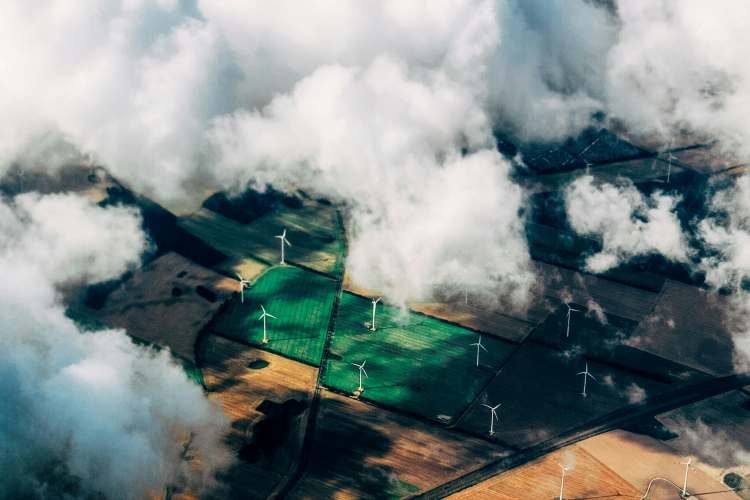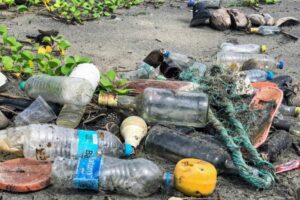
India has moved fast on sustainability reporting. The Business Responsibility and Sustainability Report (BRSR) is now mandatory for the top 1,000 listed companies, with a tighter BRSR Core for high-impact sectors and phased external assessment. The intent is right: comparable, decision-useful ESG information for investors and regulators. The execution still lags. The current template captures energy, water, emissions, and waste, but misses material environmental risks that Indian businesses create and face — noise, occupational air quality, soil quality, and climate adaptation.
As global standards harden under ISSB’s IFRS S1/S2 and the TCFD legacy, India must upgrade BRSR from a generic checklist to sector-specific, risk-based disclosure that protects both capital and communities.
Sustainability reporting is no longer a moral footnote; it is financially material. Global investors evaluate climate and environmental risk with the same severity as credit risk. That is why ISSB standards — effective for reporting periods beginning 1 January 2024 — ask for governance, strategy, risk management, and metrics/targets that reveal a company’s exposure and resilience. India’s BRSR borrowed from global frameworks, but alignment is partial and uneven. To attract durable capital, India should converge on ISSB-consistent disclosures while retaining domestic relevance.
READ I Why India’s economic indicators are being rebased in 2026
Climate risk and adaptation: the missing pillar in BRSR
Companies disclose emissions. Few disclose physical and transition risk — heat waves, floods, coastal surge, or policy-driven asset stranding — or board-approved adaptation plans. ISSB’s IFRS S2 expects scenario analysis, resilience metrics, and location-specific exposures; BRSR does not. Indian firms in power, ports, mining, and urban infrastructure need to show asset-level risk maps, contingency investments, and insured/uninsured losses. SEBI’s BRSR Core nudges value-chain data and external assurance; it should now add a climate-risk annex, aligned to IFRS S2 categories, so that lenders and insurers can price risk credibly.

BRSR asks for waste tonnage and Extended Producer Responsibility (EPR) compliance. It does not ask for a plastic footprint — production, use, collection, leakage, and recycled content — by polymer and packaging type. Yet official data show plastic waste rose to 4.13 million tonnes in 2020–21; independent studies suggest the true number could be higher. Cities like Hyderabad report 1,100 tonnes of plastic waste daily, choking lakes and landfills. A footprint metric would push design-for-recyclability, secondary material markets, and city-industry coordination.
Occupational air quality: India’s silent ESG liability
India counts stack emissions. It often ignores the air workers breathe on the factory floor and at construction sites. A 2025 scoping review finds silicosis prevalence above 30% in several clusters, with mining and quarrying as hotspots; other research shows frequent breaches of dust limits. BRSR should require workplace PM, silica, and chemical exposure monitoring, with annual third-party audits and worker health outcomes. The economic logic is clear: poor occupational air quality lowers productivity and raises contingent liabilities.
The Noise Rules (2000) set clear decibel limits and “silence zones”. During 2025’s Diwali, 23 of 26 Delhi stations breached safe levels; residential peaks touched the 90s dB(A). Yet BRSR is silent on community noise. Similarly, soil quality, land degradation, and minor-species biodiversity — critical for mining, construction, and agri-processing — are weakly disclosed. India needs district-calibrated noise and soil metrics, and sectoral biodiversity indicators aligned to GRI/ISSB.
Global convergence without blind copying
There is no need to reinvent the wheel. India can map BRSR to GRI sector standards and ISSB/TCFD while tailoring metrics to geography and scale. The policy task is to pick few, material, auditable indicators per sector, not to expand templates indiscriminately. Banking may prioritise financed emissions and green-credit exposure; cement must disclose kiln efficiency, clinker ratio, alternative fuels, and occupational dust; pharma should report solvent recovery and effluent toxicity. Convergence builds comparability; tailoring preserves relevance.
First, add a Climate-Risk & Adaptation schedule to BRSR Core (asset-level hazards, scenario analysis, resilience capex). Second, mandate plastic footprint disclosure for FMCG, retail, e-commerce, and pharma, with reconciliation to EPR filings. Third, require occupational air quality and community noise monitoring for mining, construction, cement, metals, transport, and airports, linked to remedial action plans.
Fourth, build a digital taxonomy (XBRL) so companies file once to serve BRSR, GRI, and ISSB. Fifth, phase third-party assessment of BRSR Core across the value chain to cut greenwash and improve credit pricing. These changes will lower the cost of capital, reduce environmental litigation, and align Indian disclosures with what global markets already expect.
A reporting regime succeeds when it illuminates real risk. India’s environmental risks are specific: heat and floods, plastic and effluents, dust and noise, degraded soils and fragile biodiversity. The next BRSR should reflect that reality — fewer averages, more asset-level truth; fewer generic KPIs, more sector metrics; fewer promises, more assurance. Align with ISSB for comparability, but design for India to safeguard people, capital, and growth. That is how sustainability disclosures stop being compliance and start becoming economic policy.
